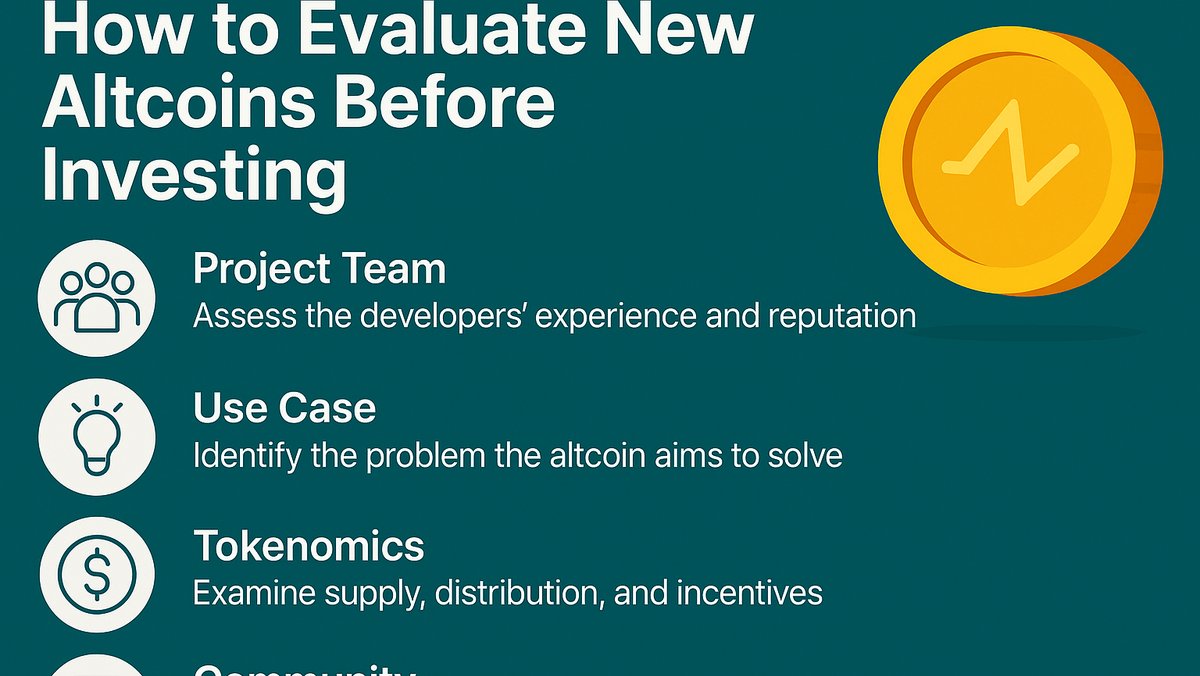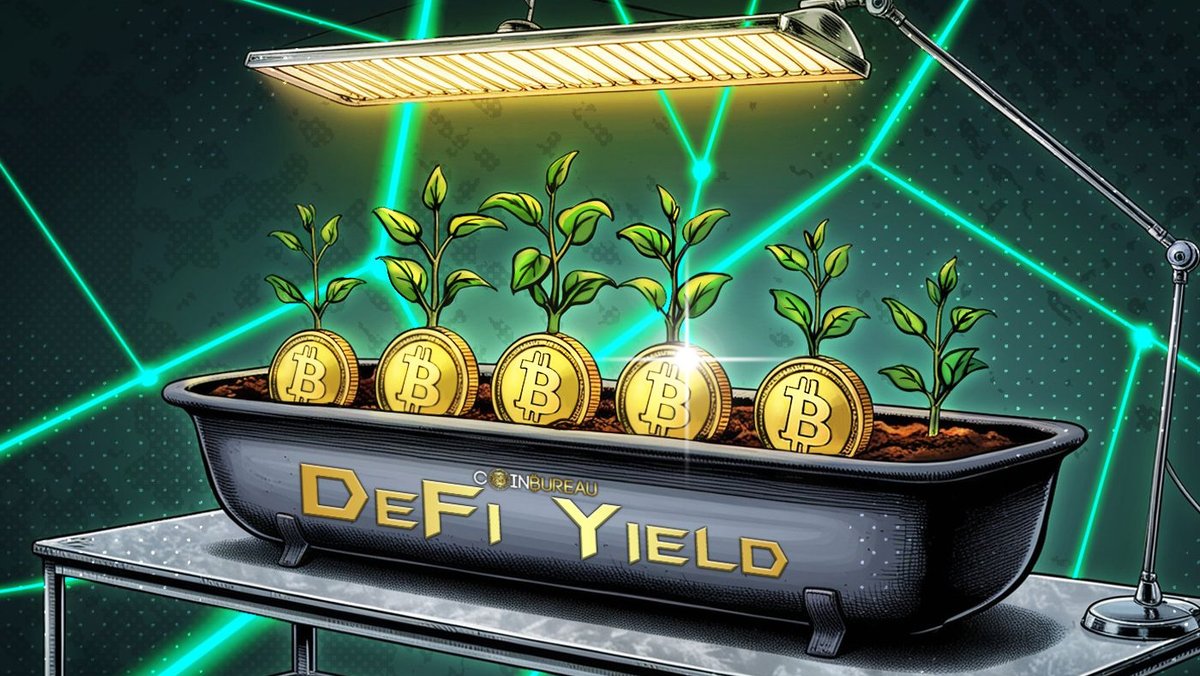New altcoins arrive every week. Good projects can deliver outsized returns. Bad ones can lose all value. This guide gives a structured, repeatable checklist and concrete metrics you can use before allocating capital. It ends with two short case studies that show the evaluation applied in practice.
Why a framework matters
Investing in token projects is multi-dimensional: technical risk, economic design, team execution, adoption, and regulator exposure all matter. A checklist reduces bias and helps you compare projects objectively.
Core evaluation pillars (what to check)
1. Team & governance
- Identity & track record: Are founders public? Check LinkedIn, GitHub, prior exits or contributions to major projects.
- Team depth: Look for engineers, product people, marketing, and advisors. One-person teams are higher risk.
- Token ownership & governance: Who controls admin keys, multisigs, and treasury wallets? Is governance on-chain and meaningful?
- Transparency: Regular public updates, clear legal entity, and accessible communications are positive signals.
2. Technology & product
- Working product: Mainnet deploy? Beta users? A whitepaper alone is insufficient.
- Code quality: Is the code open-source and verified on Etherscan/GitLab/GitHub? Look at commit history and issue backlog.
- Architecture fit: Does the technical approach solve the stated problem more effectively than incumbents?
- Partnerships & integrations: Real integrations (exchanges, wallets, bridges) show adoption traction.
3. Tokenomics & incentives
- Total vs circulating supply: High inflation or huge future unlocks dilute holders.
- Vesting schedules: Team/advisor allocations should be time-locked and on-chain if possible.
- Utility & demand drivers: Is token needed for protocol use, fees, staking, or governance? Tokens with revenue-capture mechanics tend to create clearer valuation links.
- Treasury design: Is there a protocol treasury to fund growth? How is it governed?
- Inflation model: Fixed supply, scheduled emission, or algorithmic? Assess long-term dilution effects.
4. Security & audits
- Audits: Who audited the protocol? Read the auditor’s findings and remediation steps, not just the headline.
- Multisig & timelocks: Admin privileges should be protected by multisig, timelocks and ideally community oversight.
- Bug bounty & monitoring: A responsible program and active monitoring increase resilience.
5. On-chain & product traction
- TVL / Active users: TVL, daily active addresses, volume and retained users measure real adoption.
- Growth quality: Organic growth (organic wallet growth, developer activity) beats paid or bot-driven spikes.
- Liquidity & market depth: Check DEX/CEX orderbooks, slippage and presence of locked liquidity.
6. Market & competition
- Addressable market: How big is the real market the protocol targets?
- Competition: Who are incumbents? What is the project’s defensible advantage?
- Regulatory exposure: Does the token or business model raise securities, money transmitter, or consumer protection issues?
Quantitative checks & scoring
Use a simple 0–5 scoring for each pillar and weight them to produce an overall score. Example weights: Team 20%, Tech 20%, Tokenomics 20%, Security 15%, Adoption 15%, Market 10%. A repeatable numeric score helps compare across projects.
Practical tools & commands
- Etherscan / BscScan: Verify contract source, token holders, transfers and contract creation.
- Dune / Nansen / DappRadar: User & TVL dashboards and wallet cohorts.
- Token Sniffer / RugDoc / DeFiSafety: Quick heuristics (use as signal, not final verdict).
- GitHub: Check contributors, commit frequency and open issues.
Red flags (stop if you see these)
- Anonymous team with no verifiable history and high centralization of tokens.
- Unverified contract code, or the contract source is removed/obfuscated.
- Large immediate unlocks (e.g., team vested tokens unlocked within months).
- Liquidity that can be removed by a single wallet (no timelock or lock contract).
- ‘Copy-paste’ whitepapers that replicate other projects without technical substance.
- Overreliance on celebrity endorsements or paid influencers instead of organic adoption.
Valuation approaches (practical)
- Revenue / fee capture: If the protocol earns fees, value token as a claim on future fees (discounted cash flows or fee-to-token ratio).
- TVL multiples: For lending/DEX, relate token valuation to TVL and protocol fees. Example: token market cap / TVL ratio as a quick sanity check.
- Comparables: Compare to similar, established protocols (e.g., market cap / active users).
Case study — Project Atlas (hypothetical successful evaluation)
Summary: Atlas is a Layer-2 data marketplace. Why it passed:
- Team: Core engineers from known L2 projects; public GitHub with steady commits.
- Product: Working mainnet beta, initial customers (two analytics platforms) and measurable revenue from indexing fees.
- Tokenomics: 30% circulating, team allocation vested 4 years with cliff; on-chain timelocked liquidity.
- Security: Two audits by reputable firms; bounty program active.
- Metrics: TVL growing 10% monthly, healthy user retention and low churn.
Decision: Score 4.2/5. Allocate a small initial position and DCA into milestone-driven increases (e.g., when audited product reaches 10k DAU).
Case study — TokenZ (hypothetical failure / rug pull)
Summary: TokenZ launched with heavy hype and anonymous founders.
- Red flags observed: contract not fully verified, top 3 wallets control 70% supply, LP tokens not locked publicly, and marketing focused on paid influencers.
- Within 48 hours of listing, a large wallet removed liquidity and dumped tokens.
Lesson: supply concentration + removable liquidity + anonymous team = high rug risk. Avoid or only trade tiny sizes with predetermined stop-loss and quick exit rules.
Step-by-step due diligence checklist (ready-to-use)
- Open the contract on Etherscan. Is the source verified? Check top 20 holders and liquidity contracts.
- Inspect GitHub for active contributors and recent commits.
- Find audit reports. Read critical findings and remediation notes.
- Check token unlock schedule and team vesting on-chain or in the docs.
- Measure early product signals: testnet/mainnet product, integrations, and first users.
- Run on-chain checks for wash trading, bot-driven volume, or sudden liquidity moves.
- Score each pillar 0–5 and compute weighted average. Define an entry rule (score threshold) and position sizing rule.
Practical rules for execution
- Start small and DCA: initial allocation 0.5–2% of portfolio for speculative new tokens, increase only after objective milestones.
- Use staggered sell targets and stop-loss: predefine exit rules to remove emotional decision-making.
- Custody: move core holdings to hardware wallets; use multisig for pooled funds.
Final checklist before allocating capital
- Team verified and public?
- Contract audited and verified?
- Token distribution reasonable and vested?
- Working product or credible roadmap with real integrations?
- Adoption metrics trending up (TVL, users, revenue)?
- Regulatory or legal risk manageable?
Conclusion
Evaluating altcoins requires combining qualitative judgment and objective on-chain checks. Use the pillars above as a repeatable checklist, assign numeric scores, and always size positions to protect capital. Case studies show the difference between evidence-backed investment and hype-driven losses. For complex or large allocations, consider expert audits and legal review before committing capital.
Disclaimer: this guide is educational and not investment advice. Always perform your own due diligence and consult professionals for legal or tax questions.
Further reading & tools
Etherscan, Dune, Nansen, CertiK, OpenZeppelin, RugDoc, Token Sniffer.







